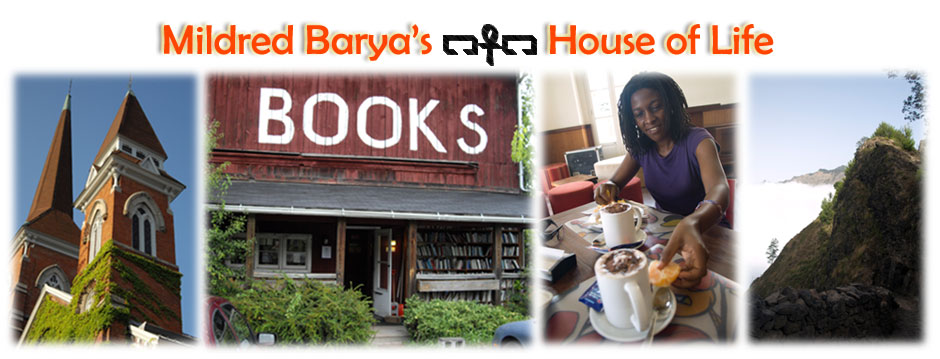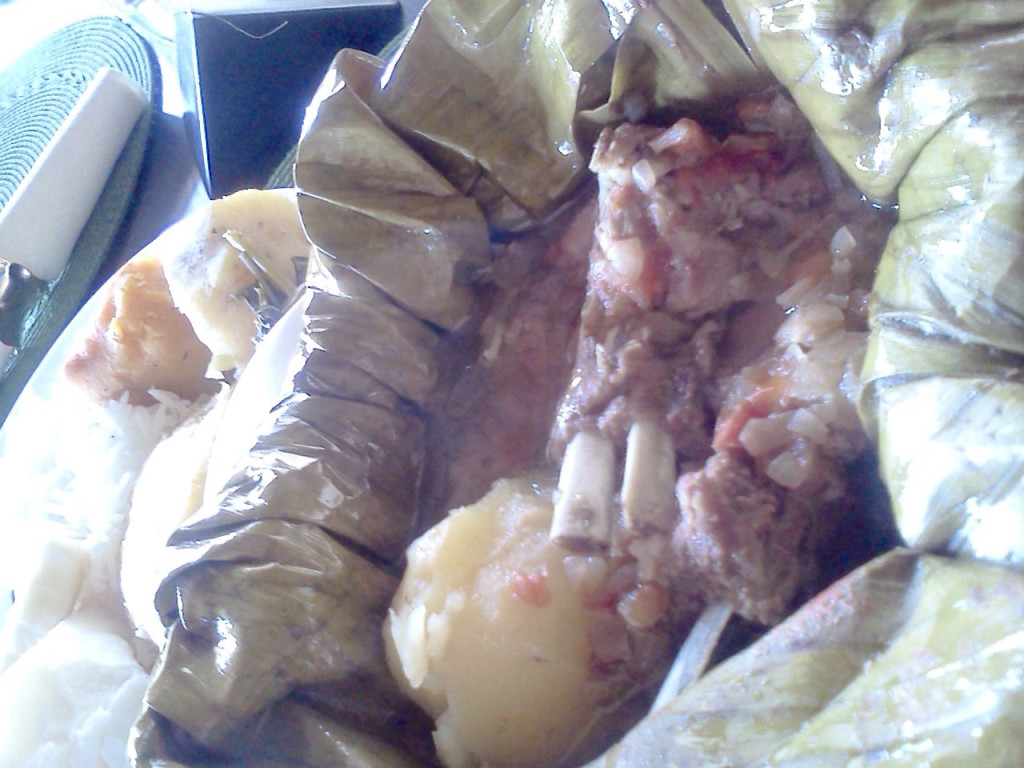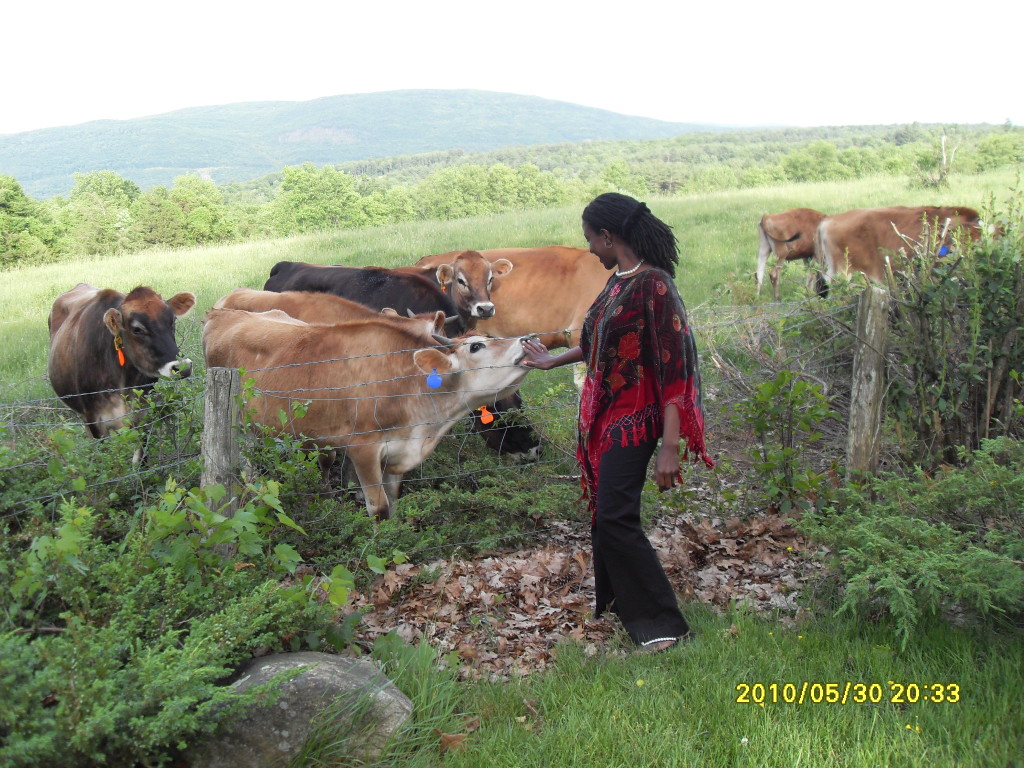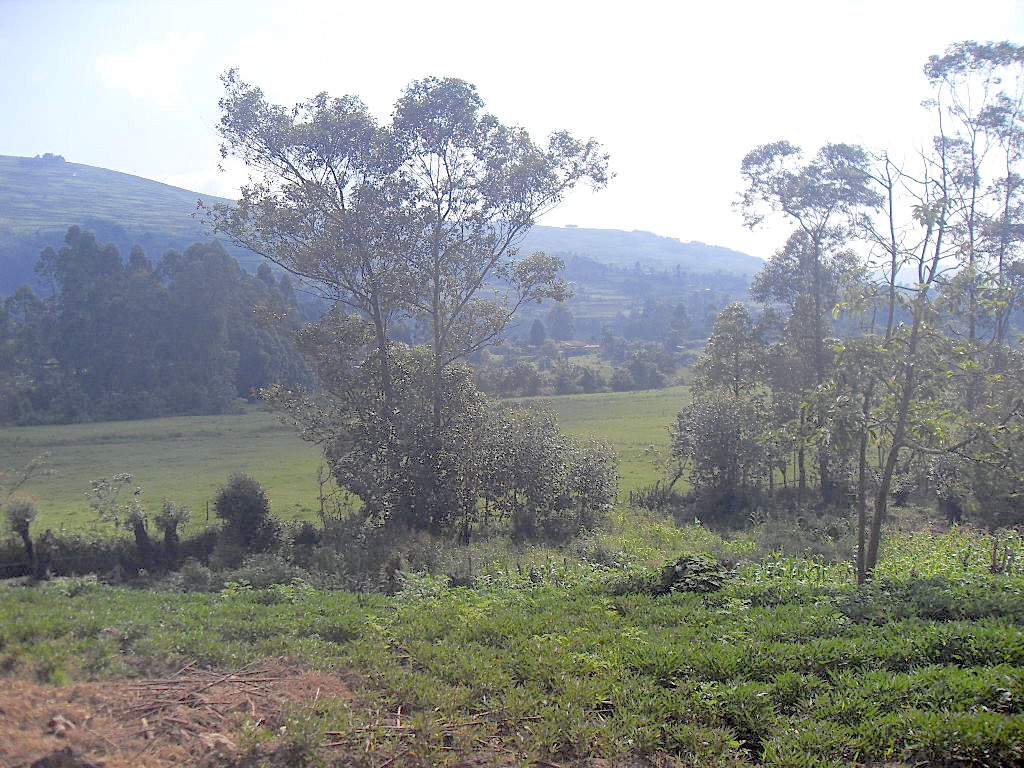This post is about chickens, cows and dogs. It is dedicated to my family and composed of threads that my siblings and I have come up with. Sometime back I wrote about how we remember, inspired by the way memory and imagination work to recreate past narratives. Then, I didn’t specifically have the nonfiction genre in mind but life and literature in general. A couple of days ago I started exchanging text messages with my siblings via WhatsApp. We have a family group (FG) where once in a while any one of us communicates and we all get the messages at once rather than sending individual texts. I think the family group started when our father was ill and we all needed to stay abreast of things.Now it’s mostly the chat line that keeps us together when we are thousands of miles apart.
Chicken parts
It so happens that one of my nephews wanted to slaughter a chicken for dinner, and sibling 6 asked: Did he chase it like we used to? That plunged us into childhood memories; who was good at catching the chickens, how sometimes it took an hour for two or three kids to run after one and catch it, how the chickens were smart in evading capture. Being free-range, they knew how to run. Once we got the chicken, the first thing to take off were the feathers around the neck, followed by tying the neck with a tight thread to stop the blood from gushing everywhere when we cut off the neck, then immersing the chicken in hot water so the feathers would come off easily. We didn’t have a smoking machine but used a low fire for the purpose. When we cut up the chicken, it had to have thirteen pieces. That detail had us laughing because nowadays even the biggest chicken will give no more than seven pieces. Growing up in a large household that had guests staying with us frequently, I think our parents had to ensure that each one would have a piece when the chicken was cooked. But then we wondered why one chicken? We had many. It would have made sense to eat two or three per meal. Did our parents’ lesson in frugality start that early? We went over such questions, who ate what part, how the meal had to be a stew so the vegetables that were thrown into it would thicken and make it plentiful. So we really had a little chicken flavoring our vegetables rather than a few vegetables in the chicken. Aha! I thought I used to get the wing often, which by the way was divided into two parts. Not the size we know nowadays. No wonder I was skinny, I said in accusation. Nobody consoled me. Sibling number 4 got the neck. But I was assured that sibling number 1 loved the neck and sibling 4 got the drumstick. That’s when I remembered that number 4 was allergic to beef, goat and lamb so when we made chicken, he got a bigger piece. And for the days when the rest of us had beef or goat stew or lamb, he would eat beans or groundnut sauce, and sometimes a chicken all to himself. Nowadays he eats everything. Sibling number 2 then lodged a complaint that was more compelling than what I had attempted: she was the one who cooked the chicken for sibling number 4 and never even tasted a piece. What injustice! So we all agreed that sibling number four should deliver a live chicken to sibling number 2’s home in appreciation.
The cow story
Our father, God bless his heart, loves farming. One day he was in the bathroom shaving when he looked out the window and saw in the detached kitchen sibling number 2 licking a sieve. The maid had just poured tea with milk into the teapots and my older sister was enjoying the cream on the strainer. Our father saw a vision of cows. Buying milk was never going to be enough. When he got his monthly salary from his teaching position, he bought our first cow. I may have been four years old then which would make sibling number 2 ten years old. She still loves cream to this day but lets continue with then. Apparently our first cow was black and crazy, but interestingly gave birth to a gentle, brown Guernsey that we name Guy. Guy’s milk was golden with a rich honey-like flavor. It was also good for ghee which we made in plenty and used in cooking. I learnt milking cows from Guy. Before I proceed with Guy however, this is where our accounts differ. I thought the first cow we had was black and white, and we named her Kibamba. It was also the leader of the herd so every fence we made was particularly for her since the “followers” would not jump fences or go beyond where Kibamba could go. Sibling number 1 says Kibamba was the second cow and gave birth to Kyanapuga, which had long teats and plenty of milk–sixteen to twenty liters alone per milking. Kyanapuga, however, was a Friesian like her mother, Kibamba, which explains the abundant milk so they could not have descended from Guy but had their own line. If all our cows descended from Kibamba and Guy’s mother, then it would mean that we started with two cows from the go: a Guernsey and a Friesian. Two of my siblings insist that there was only one first cow, black, nameless. We’re no longer certain if that cow truly gave birth to Guy or if Guy was bought from elsewhere and brought into the farm. Sibling number 4 says Black’s offspring was stolen, and since our farm was in its beginning stage, our parents decided to send Black to our cousin for safekeeping until we had put up paddocks and expanded the territory. Years down the road our farm was ready to receive cows but by then Black had died so our cousin gave us Guy, supposedly what Black had given birth to. Sibling number 2 says at this point it could have been any cow that our cousin deemed less desirable. Sibling number 6 and I (5) have no memory of the black cow. This is the point where we should ask our dad to narrate the cow genealogy but we’ve decided it doesn’t matter what we remember. Three pieces of information have come out of Guy’s line: she gave birth to many beautiful daughters, that we all agree, lived a long and prosperous life, we sort of agree, and one of her daughters died in labor. This last part we differ. Sibling number 2 says it’s Guy who died in labor. The calf was so big couldn’t come out. Those days there was no C-section for cows. Vet came home and induced labor but still the baby wouldn’t emerge. We were sad and stricken with grief. This is the collective memory we all have. Feeling blue. Not eating meat for a while. I saw Dad tearing but he looked away and coughed. I remember skipping lunch. I remember the somberness looming large for a couple of days. It might have been Guy (affirmed by sibling 2). It might have been one of her daughters (affirmed by sibling 6). It might have been another cow that resembled Guy but wasn’t connected with her via bloodline (possible).
And then there was a mad, local cow we called Kifefe that came from Ankole and had to be put in a crush (squeeze chute), it’s hind legs tied before anyone could milk it. And if we didn’t milk it, it would holler in pain because then the milk was “killing” it. When it was time to give birth, it leaped over and crashed fences, all the time the baby’s head sticking out. We couldn’t bring it to rest. Finally, perhaps tired with all the running and jumping, it squatted a little and discharged the baby like a rocket ball. Then it turned round and chased off everybody who tried to get near the calf. We sold Kifefe when the calf was old enough to stand on its own. Then we set to rebuilding the fences and paying for damages to our neighbors.
The dogs
The last dog died early last year. I just got to know before end of year. Timothy was his name. Unlike the German shepherds we’ve owned before, Timothy was silly and spoilt. Couldn’t even bark, which defeats the purpose of a guard dog. He ate rice and beans and anything really, couldn’t tell a good bone or non-dog foods. We much loved the dogs we owned while growing up. There was Oscar that birthed our other dogs. Oscar was like Mother Earth. Gave all she had, served diligently, and when it was time to go notified us: gave all the signs we couldn’t miss. Then went quietly to a clearing down the farm and laid down her life. She was black and strong, fierce and loyal. I thought Francisco was my dog because he appears in my night dreams from time to time but sibling number 2 says it was hers, and it was not called Francisco but Farascisca. He died when sibling 2 was in A-level in secondary school, and sibling 6 wrote to notify her. She says that was the reason she did not excel in her papers that year because she was mourning the death of her dog. Honestly, I thought it was me who wrote to her since I was the one in the habit of writing to my siblings long, detailed letters, and have no memory of sibling 6 writing a single sentence to any of us. Sibling 6 also says Farascisca (white) and Fox (golden brown) were brothers followed by Fido, also golden brown. These dogs were adorable and amazing. All the dogs before Timothy. We all remember a time when each one of us had a dog, which puts the number at six. This detail is unrefuted, yet when it comes to who owned what dog, the memories get muddled up.
What we call creative nonfiction
Is still fictional in a large sense. We not only remember different elements of the same thing or idea but superimpose one memory over another. Hard as it is for me to believe, from now on I will consider that I’m not the one who wrote to my sister about the death of Farascisca. Over the years, her recollection may replace mine. If she is incorrect, it’s the wrong memory that gets to be remembered eventually. But at this point there’s no wrongness or rightness but recognition of the flawed nature of what we hold onto in the name of lived experience and remembered life.
I recall when I was in Mary Karr’s Memoir class at Syracuse University, Christopher Kennedy (MFA director) walked into the class and announced that we were not supposed to be in that particular room, and that Mary Karr had been alerted before but had done nothing about it. Me, I was like why not call her aside and talk with her quietly, and why was Chris all of a sudden intimidating and not the darling we knew? Mary Karr asked us to write down what we had observed. When we shared our notes, we had things like: Chris was wearing a long-sleeved, navy blue shirt. No, it was short-sleeved. A bit light blue. It was gray. He had stormed into the room. His voice was gruff. He looked like a bad guy. Mean. He had walked into the room steadfastly and his voice was uncompromising. He had marched into the room and demanded that we leave. He looked taller than usual. And so on and so forth. Later, Mary Karr revealed that the purpose of the scene was to show how even in a single moment we see, hear, process and witness details differently. Reading family texts brought back the scene. There’s such a thing as collective memory (and totality of experience) but the sum of its parts are as individualistic and varied as one person from another.
To family with love. Happy New Year.





2 Responses to What we remember: chickens, cows, dogs.